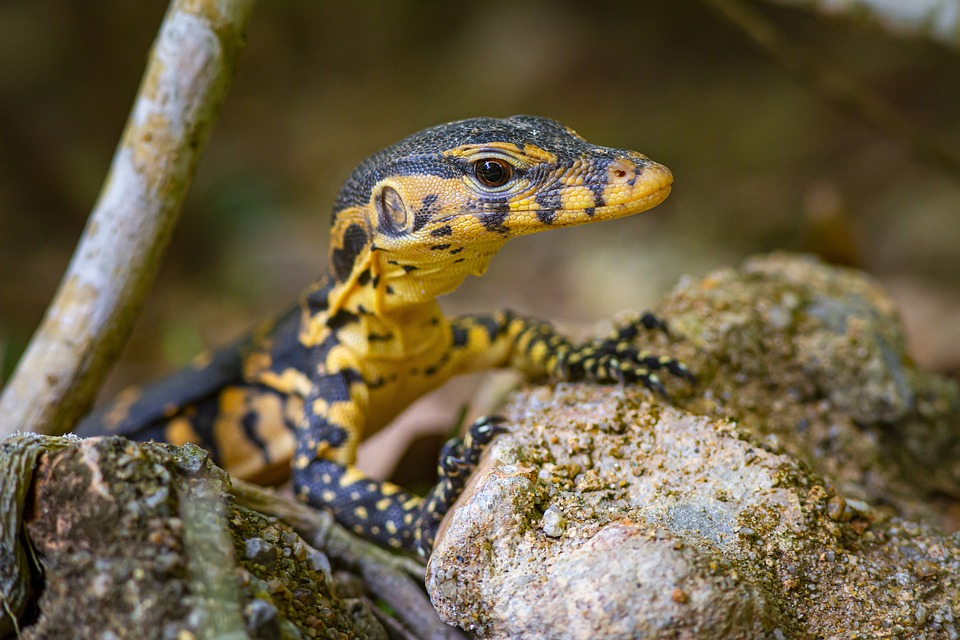What Is the Climate of Puerto Rico?
Puerto Rico, located in the Caribbean east of the Dominican Republic and south of the Tropic of Cancer, enjoys a tropical marine climate characterized by warm temperatures, high humidity, and diverse ecosystems that include rainforests, beaches, and mountainous regions. This climate is influenced by its geographical position and topography, resulting in distinct seasonal weather patterns.
1. General Climate Characteristics of Puerto Rico
#
A. Tropical Marine Climate
Puerto Rico’s climate is primarily classified as tropical marine, which means it experiences warm temperatures throughout the year, typically ranging from 75°F to 85°F (24°C to 29°C). The island’s average temperature is about 80°F (26°C), with only slight variations between seasons due to consistent easterly trade winds that moderate the climate[1][2].
#
B. Seasonal Rainfall and Hurricane Season
The island has a pronounced wet season from May to November and a dry season from December to April. During this time, Puerto Rico is also susceptible to hurricanes, with the hurricane season officially running from June to November[1][2].
2. Seasonal Weather Patterns in Puerto Rico
#
A. Wet Season (May to November)
– Temperature: Remains warm, generally between 80–85°F (27–29°C), with increased humidity.
– Rainfall: Frequent afternoon showers and thunderstorms are common, particularly in mountainous areas where rainfall can be heavy.
– Hurricane Activity: The peak of hurricane season occurs from August to October, bringing risks of strong winds and flooding.
#
B. Dry Season (December to April)
– Temperature: Slightly cooler, averaging between 75–80°F (24–27°C).
– Rainfall: Lower precipitation levels make this period popular for tourism.
– Humidity: Generally lower humidity during these months makes conditions feel more comfortable.
3. Regional Climate Variations in Puerto Rico
#
A. Coastal Areas
Coastal regions like San Juan experience consistent warm temperatures and high humidity year-round. Rainfall is typically lower along the coasts compared to inland areas.
#
B. Mountainous Regions (Central Cordillera)
The central mountain range experiences cooler temperatures than coastal areas, particularly at higher elevations. Areas like the El Yunque Rainforest receive substantial rainfall—up to 200 inches annually—resulting in lush vegetation[1][4].
#
C. Southern Coastal Plains
The southern coast around cities like Ponce tends to be drier than the northern regions, enjoying more sunshine and less frequent rainfall. This area has a semi-arid microclimate compared to the lush northern parts of the island.
4. Climate Change and Its Impact on Puerto Rico
Puerto Rico faces significant challenges due to climate change:
– Rising Temperatures: Average temperatures have increased over recent decades, contributing to more intense heatwaves and altering weather patterns.
– Sea Level Rise: Coastal areas are at risk from rising sea levels, leading to erosion and threatening low-lying communities.
– Increased Hurricane Intensity: Climate change is expected to intensify hurricanes, increasing their frequency and severity, which poses a threat to infrastructure and ecosystems[3][5][6].
FAQs
– What is the best time of year to visit Puerto Rico?
The best time is during the dry season from December to April when conditions are typically pleasant.
– Does Puerto Rico experience cold weather?
Cold weather is rare; however, higher elevations can experience cooler temperatures.
– How much rain does Puerto Rico receive annually?
Annual rainfall varies widely; coastal areas may receive around 40 inches while mountainous regions can exceed 200 inches.
– How does hurricane season affect Puerto Rico?
Hurricane season brings risks of severe storms that can cause significant damage and disrupt daily life.
– What are the effects of climate change on Puerto Rico’s climate?
Climate change leads to rising temperatures, sea level rise, increased hurricane intensity, and shifts in local ecosystems.
Conclusion
Puerto Rico’s climate is characterized by its warm tropical conditions with distinct wet and dry seasons influenced by its geography. However, the ongoing impacts of climate change pose serious challenges for the island’s future resilience and sustainability efforts. Understanding these dynamics is crucial for both residents and visitors alike as they navigate this beautiful yet vulnerable environment.

Kyle Whyte is a notable scholar and professor at the University of Michigan, holding positions such as the George Willis Pack Professor in the School for Environment and Sustainability and Professor of Philosophy. Specializing in environmental justice, his work critically examines climate policy and Indigenous peoples’ ethics, emphasizing the nexus between cooperative scientific endeavors and Indigenous justice. As an enrolled Citizen Potawatomi Nation member, he brings a vital perspective to his roles as a U.S. Science Envoy and member of the White House Environmental Justice Advisory Council. His influential research is supported by various prestigious organizations including the National Science Foundation, and disseminated through publications in high-impact journals. Kyle actively contributes to global Indigenous research methodologies and education, with affiliations to numerous institutes and societies dedicated to traditional knowledge and sustainability. Recognized for his academic and community engagement, Kyle has earned multiple awards and served in various visiting professorships. His efforts extend to leadership positions on boards and committees focused on environmental justice nationwide.
